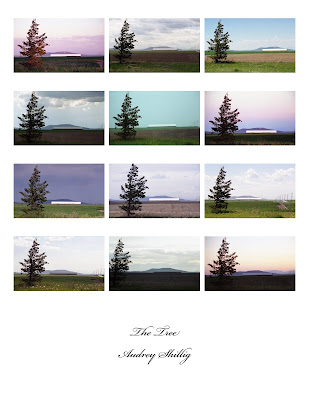 If your interested in color photography it might be advantageous to know if you are color blind or color deficient. Most forms of color blindness are genetic disorders that are inherited at birth. These disorders are most commonly carried in the X chromosome. Since females have two X chromosomes both have to be defective for the them to experience symptoms, but males only have one X chromosome so they are more likely to have symptoms of color blindness. In the book "Capturing Color" by Phil Malpas, he states that on a general average 8% of males and 0.5% of females suffer from varying degrees of color blindness.
If your interested in color photography it might be advantageous to know if you are color blind or color deficient. Most forms of color blindness are genetic disorders that are inherited at birth. These disorders are most commonly carried in the X chromosome. Since females have two X chromosomes both have to be defective for the them to experience symptoms, but males only have one X chromosome so they are more likely to have symptoms of color blindness. In the book "Capturing Color" by Phil Malpas, he states that on a general average 8% of males and 0.5% of females suffer from varying degrees of color blindness.There are a few types of color blindness protanope, deuteranope, and tritanope. Here is an example of how those who have these different types of color blindness see:
























